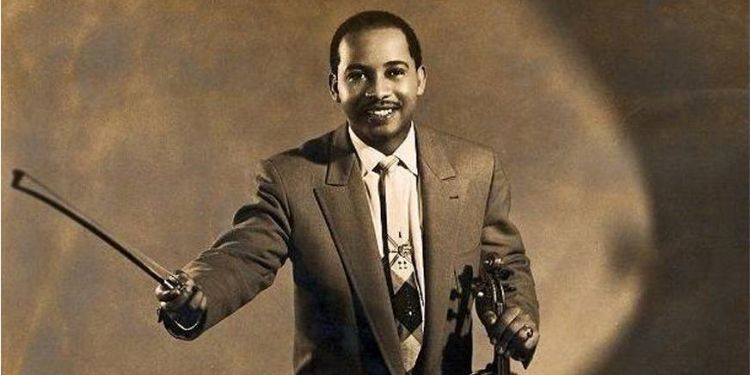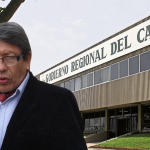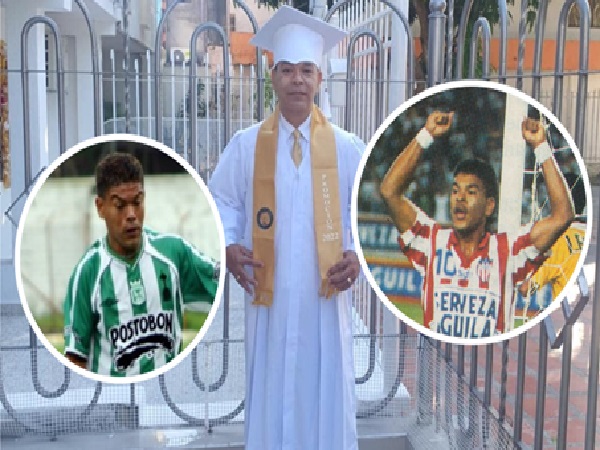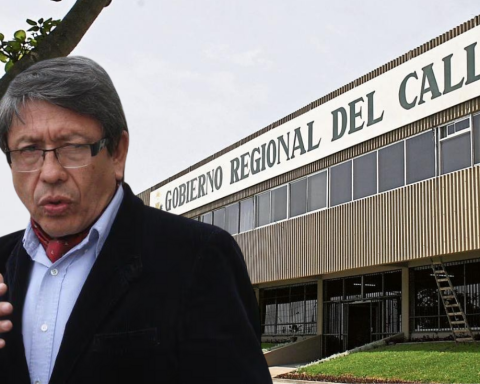Havana Cuba. – On the invention of Cha Cha Cha, the maestro Enrique Jorrín once said: “It is my style of making music. I didn’t set out to create a new rhythm, it came out!
In 1945 Jorrín had joined the Arcaño y sus Maravillas orchestra, where he worked with some of the most valued musicians of the time, such as Israel López “Cachao”, Esteban Urfé or Félix Reyna, who were already very involved in the mix. of Cuban sounds with jazz.
A short time later, he joined the América orchestra, led by Ninón Mondéjar, and it was at that time that the young musician created the freed son of the danzón based on a new rhythmic cell between the tumbadora, the timbal and the güiro, added to the figured of the piano in the last part. A singable and danceable genre, more refined than its predecessor, the mambo, and heir to sonera traditions such as singing for two or more voices, the chachachá also had the particularity of being a rhythm with the fewest possible syncopations.
Seeking to achieve an unmistakable stamp on the vast Cuban musical scene of the 1950s, Enrique Jorrín added the trumpets to the charanga-type orchestra to break the monotony of the flute in charge of the melodic sections. He amplified the violins and the double bass to increase the sound volume of the orchestra, and made the last part of the danzones independent of it, giving it its own physiognomy that invited the dancer to create their own corridors.
Although many of the constitutive elements of the chachachá were perceptible in the popular dance music of the time, especially in the work of Arcaño y sus Maravillas, but also in that of the Arsenio Rodríguez Conjunto -just to mention two clear examples-, it was Enrique Jorrín who contributed the structure and style that today distinguishes one of the great genres of Cuban music, in which lasting hits such as “La Engañadora”, “El alardoso”, “Cógele bien el compás” and many other songs are inscribed. that were a hook and a challenge for the dancer. A repertoire that, according to the historian Ignacio Galán, constituted “an oasis that followed the mambo”.
Enrique Jorrín died on December 12, 1987 in Havanaat the age of 61 years.
Receive information from CubaNet on your cell phone through WhatsApp. Send us a message with the word “CUBA” on the phone +525545038831, You can also subscribe to our electronic newsletter by giving click here.


















